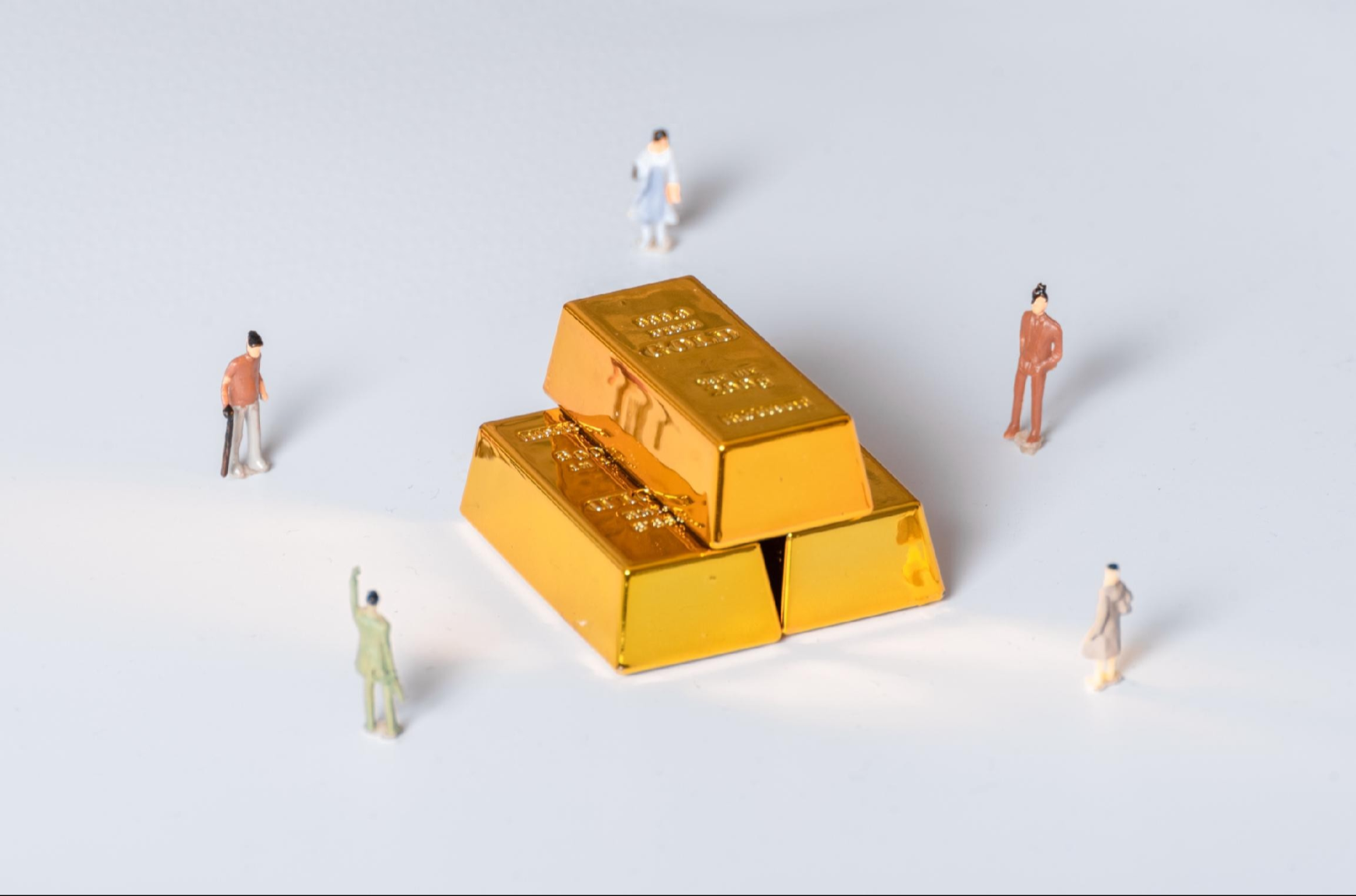Is the Gold Surge Peaking?
Advertisements
Recently, the world has witnessed a continuous rise in gold prices, captivating market attention and sparking widespread discussions. Since the beginning of 2024, gold prices have surged, not only breaking several historical highs but also prompting investors and consumers to ponder: have gold prices reached their peak? What might the future trajectory look like?
Gold prices shatter historical records
According to recent data, as of February 10, international gold prices had soared to $2878.6 per ounce, equivalent to approximately 676.1 yuan per gram. In the domestic market, leading gold brands like Chow Tai Fook, Chow Sang Sang, and King of Gold also hit record highs, generally maintaining prices above 870 yuan per gram. Some brands, such as Caibai Gold, while slightly lower, still reached impressive levels at 832 yuan per gram. These figures not only far exceed last year's levels but also set a new benchmark in recent years.
Over the past year, the momentum of rising gold prices has been nothing short of unstoppable. Starting from early 2024, the gold price embarked on a steep ascent, notably breaching the $2200 mark in March, and then surpassing $2600 per ounce in July. As the fourth quarter approached, the price continued to maintain its strong upward trend, repeatedly setting new historical records. By early 2025, this trend showed no signs of slowing down, as gold prices continued their relentless march upward.
Multiple factors drive the rise in gold prices
Behind the constantly rising gold prices is a combination of several driving factors.

Have gold prices peaked?
Yet, with the ongoing rise in gold prices, discussions about whether they have reached their peak also emerge. On one hand, some investors argue that gold prices are already at a high level, suggesting limited room for future increases. Additionally, with the gradual clarification of global economic conditions and potential adjustments in monetary policy, there is a concern that capital might flow out of the gold market, leading to a price decline.
Conversely, certain investors maintain an optimistic view. They believe that the global economic landscape remains fraught with uncertainties, and geopolitical risks persist, providing continuous demand for gold as a safe haven. Furthermore, as major economies continue to adopt accommodative monetary policies, market liquidity is expected to remain robust, leading to further investments flowing into the gold market and pushing prices even higher.
However, it is important to acknowledge that the continuous rise in gold prices is a culmination of current global economic conditions and adjustments in monetary policy. Price fluctuations are normal phenomena in the market, and it is essential for both consumers and investors to adopt a rational mindset, avoiding blind speculation or overly impulsive behaviors.
Leave A Comments